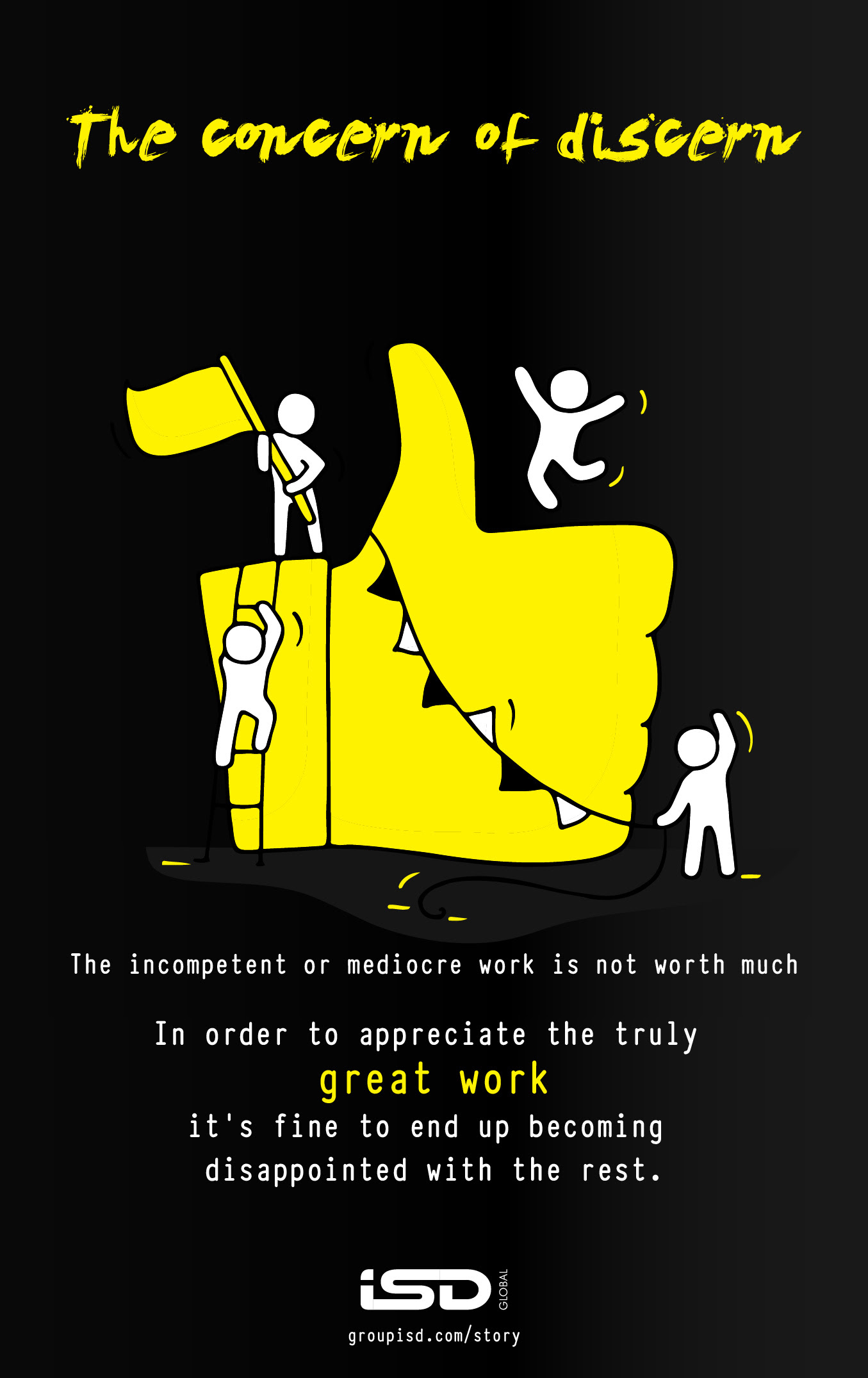Growing up, the fodder we were fed was ” to err is human” and that gave us the opportunity to get away with serious, highly damaging, catastrophic, avoidable losses be it lives, money, reputation or any of that.
April 10, Circa 1912. Probably, a Red Letter Day in the history of passenger shipping. Among other things. Red Ocean would be a fitting metaphor.
The Titanic, launched on May 31, 1911, set sail on its maiden voyage from Southampton, England to New York City on April 10, 1912, with 2,240 passengers and crew on board. Nicknamed the “Millionaire’s Special,” the ship was fittingly captained by Edward J. Smith, who was known as the “Millionaire’s Captain” because of his popularity with ‘ wealthy passengers ‘.
In the early hours of April 15th, 1912, over the course of 2 hours and 40 minutes, the RMS Titanic sunk in the icy Atlantic.
In the end, an U.S. investigation faulted the British Board of Trade, “to whose laxity of regulation and hasty inspection the world is largely indebted for this awful fatality”.

Errors are preventable. And the investment and planning to prevent them are worth it, always. And the one that we talked about above should never have happened. Imagine error in the manufacturing process of baby foods? Or life saving drugs? Or a high speed rail network?
A lot of us suffer from what we call the ‘ Hero Trap ‘- an over reliance on our ability to handle something that becomes infuriatingly urgent which could have easily been avoided had it not been the temptation of the short term hack. So, if your pilot is diligently going through the pre-flight check list, thank your stars, you are in safe hands.
Errors are the conduit to way finding and as long as you are putting in the effort and hard yards to eliminate and minimise them, good for you, and good for all.

One thought on “To err is….”